The End of the Magi
Life should be simple if you’re a member of the biblical Magi. You come out of the box once every Christmas, and you get to wear a cool turban and ride a cool camel. You get a simple quest to seek the Christ-child with only some minor Herod-related villainy to make things interesting. Then you return home by a different route.
So it should seem, if you only read Matthew 2 and/or install a Nativity scene. But for young Myrad, who actually lives in the Parthian Empire, reality is far more brutal.
Myrad is a Gentile but the adopted son of a Jewish magus. As magi, they’re bonded to tell the truth, seek the stars, and track the calendar left by the prophet Daniel plotting the number of years until the Messiah finally arrives to establish his kingdom. They also counsel earthly kings, such as the Parthian ruler, Phraates.
Unfortunately, Phraates has been influenced by the neighborhood’s latest upstart empire, Rome. Which results in the king, enraged at certain magi’s opposition to his foolish alliance, declaring treason and slaughtering nearly every magus he can find.
Our hero Myrad ends up fatherless, homeless, and on the run. Restricted by his clubfoot, he soon joins the caravan of wise tradesman Walagash and his steadfast daughter, Roshan. They’ll face deserts, revolutions, and the friendships and threats of other magi as they work their way toward Jerusalem and that mysterious star.
Patrick W. Carr’s The End of the Magi offers only a few slow turns on this journey to Judea. That is, portions can resemble a historical travelogue. Otherwise, the entire tale is an absolute rush. Fighting magi, tense trades, ambush attacks, chases, escapes, true love, and many real pending miracles (not just the inevitable arrival in Bethlehem) make The End of the Magi a potential classic for Christmas and beyond.
Like Carr’s other heroes, Myrad feels relatable, courageously flawed, uncertain yet ambitious. His world also comes across as utterly fantastical even while grounded in research. (Carr says the novel works with real names, places, and events.)
By the end, readers will find any of their oversimplified magi mockups challenged, especially when some of these magi have different expectations of the newborn king—and, later, even different beliefs in how they ought to continue worshiping Christ. Ultimately, however, fans will emerge challenged to base all biblical fiction in Scripture and to compare all traditions with the reality of Jesus’s messianic mission.
Best for: Teen readers and older, biblical fiction fans, Christmas gift recipients.
Discern: Ruler commits magi-cide and the story shows some violent results, hero faces trauma and peril from attackers and disasters, chaste and mild romance, scenes of basically described (biblical) torture; also, some characters’ demands for a conquering-king Messiah are portrayed but clearly shown as unbiblical.



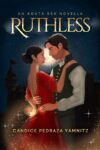

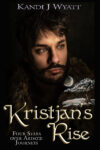

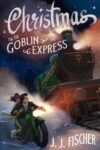
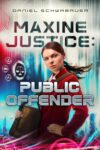
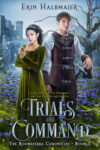
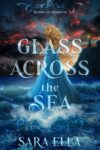

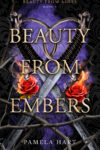
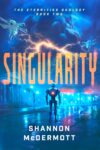
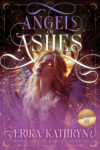
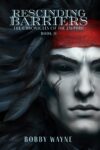
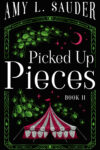
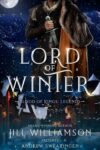



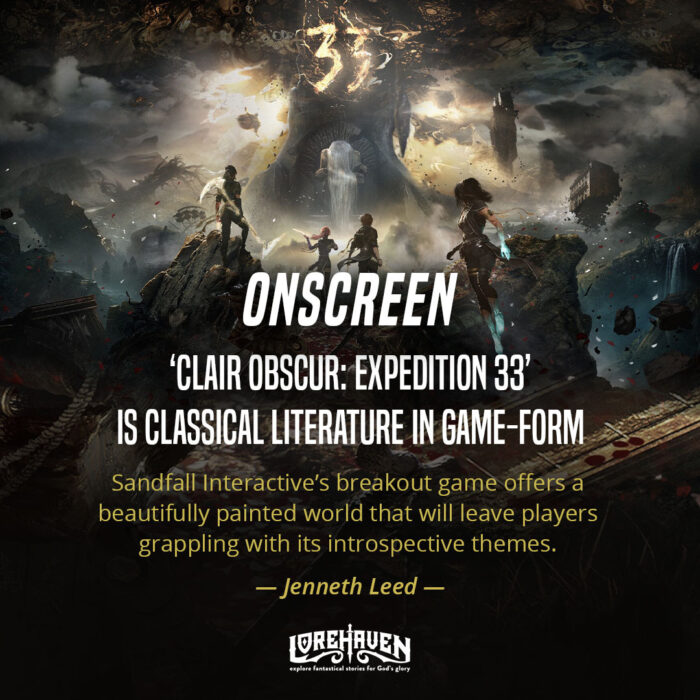


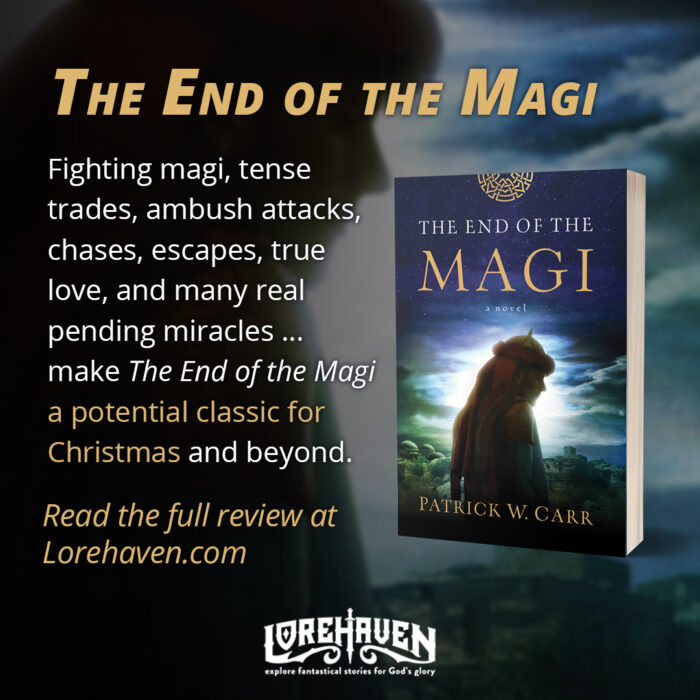
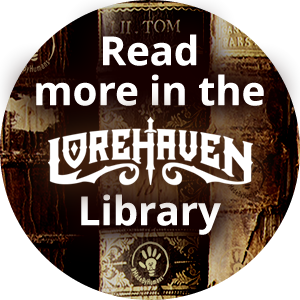





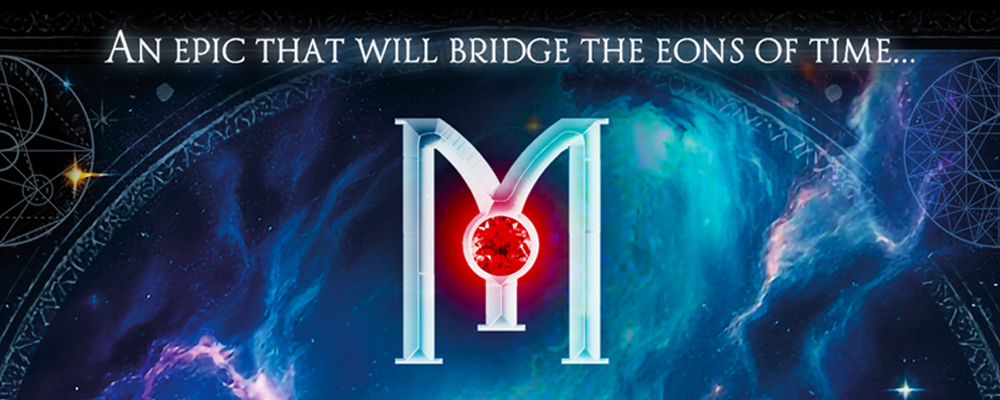

Hmm, sounds interesting…but…um…
Well, this is a historical fiction story, isn’t it? Or maybe Biblical fiction? Isn’t Lorehaven dedicated to speculative fiction?
What part of the story qualifies as speculative? Is there a speculative aspect to the tale? I’m genuinely curious about that. Please explain.
“Fighting magi, tense trades, ambush attacks, chases, escapes, true love, and many real pending miracles . . .”
It’s fantastical fiction that just happens to be based on reality.
Bonus: association with Christmas, which is the most fantastical-genre time of the year.